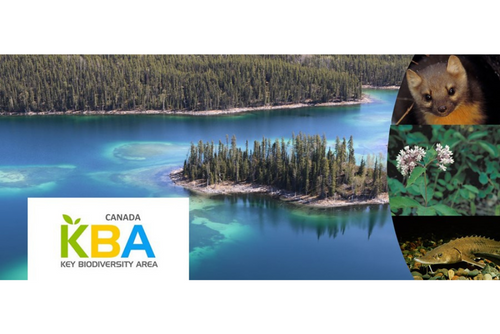
We have been learning a lot about Canadian biodiversity from partners, experts and governments in the past few months. We’ve also continued to gather and analyze data, and test out the KBA methodology on case studies, to see what data, information, expertise and resources are needed to do this work. A huge thanks in particular to those of you who filled out our survey to identify potential sites for some of the trickier KBA criteria, the effort resulted in a long and interesting list of potential Key Biodiversity Areas for all different taxa and across all Canadian regions. This scoping phase culminated in a Science Strategy workshop in late June, where representatives from provinces, territories and NGOs got together to better understand the process of identifying and delineating Key Biodiversity Areas and to suggest what it will take to get this work done across Canadian jurisdictions and communities. A few key outcomes:
These were some main outcomes of the workshop, but there are many additional activities that we are developing in collaboration with government, academic, NGO and Indigenous partners, and we will keep you informed of them as we go. As always, please reach out to me with ideas and feedback. We hope that you may soon be engaged directly in the identification of new sites.
A final word: the first Global KBA community newsletter has been released, take a look to see what’s going on around the world on KBAs, and find details in the newsletter about a Webinar on the Guidelines for using the KBA Standard on Thursday, July 10th. This is late notice but we’ll be offering Canada-focused KBA webinars soon if you can’t attend this one.
Happy summer!
Ciara
Canada Key Biodiversity Areas Coordinator / Coordonnatrice Zones Clés pour la Biodiversité